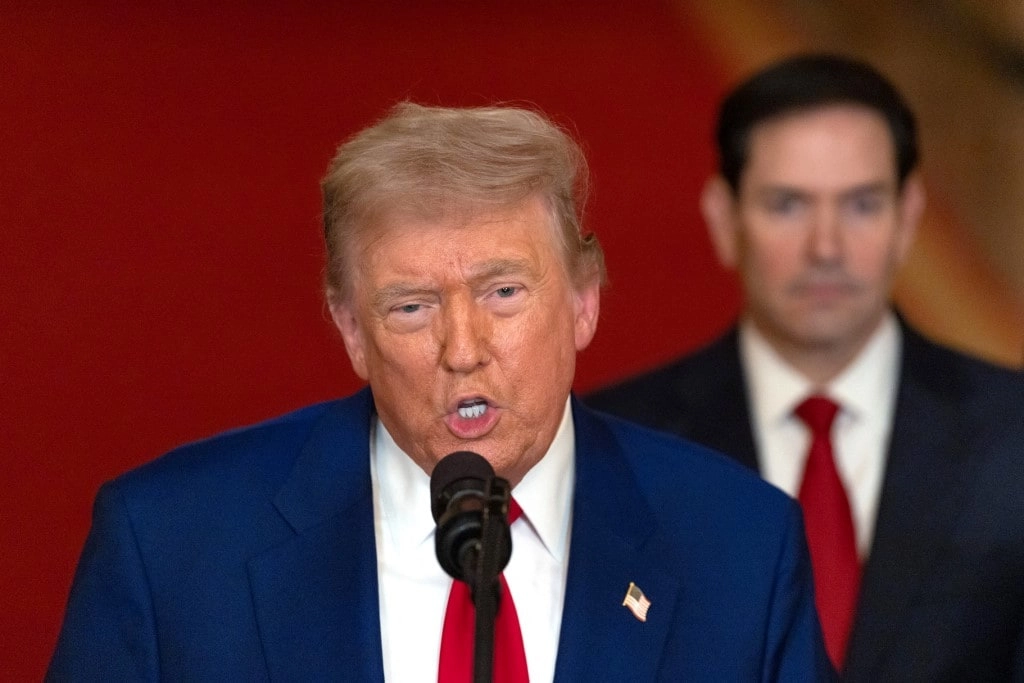As India approaches its centenary of independence in 2047, the question of its economic status looms large: will it emerge as a developed nation or remain an upper-middle-income country? This pivotal moment in the country’s history is not just a matter of economic metrics; it encapsulates the aspirations of 1.4 billion people and the vision of a nation striving for progress and prosperity. A renowned economist has undertaken the challenge of visualizing India’s economic trajectory over the next two decades, providing a comprehensive outlook that encompasses various dimensions of growth, development, and societal transformation.
In his analysis, the economist highlights several key factors that will influence India’s journey towards achieving developed status. One of the central themes is the need for structural reforms across multiple sectors, including education, healthcare, and infrastructure. He emphasizes that for India to transition successfully, it must invest heavily in human capital, fostering a skilled workforce that can compete on a global scale. This requires not only enhancing the quality of education but also ensuring equitable access to learning opportunities for all segments of society. Furthermore, healthcare improvements are essential to enhance productivity and overall quality of life.
In addition to human capital development, the economist points to the significance of embracing technological advancements and innovation. The digital economy is poised to be a major driver of growth, with sectors like information technology, renewable energy, and biotechnology at the forefront. By prioritizing research and development, India can position itself as a global leader in these emerging fields. However, he cautions that such progress must be inclusive, addressing the disparities between urban and rural areas, and ensuring that economic benefits reach the marginalized communities.
Moreover, the economist underscores the importance of sustainable development in India’s quest for a developed nation status. With climate change posing significant threats, India must adopt environmentally friendly practices and invest in green technologies. This approach not only safeguards the environment but also creates new job opportunities and drives economic resilience. As India navigates its path to 2047, the interplay of economic growth, social equity, technological innovation, and sustainability will be crucial in determining whether it emerges as a developed nation or remains in the upper-middle-income category. The next two decades will be critical, and the choices made today will shape the future of millions in this vibrant and diverse country.




